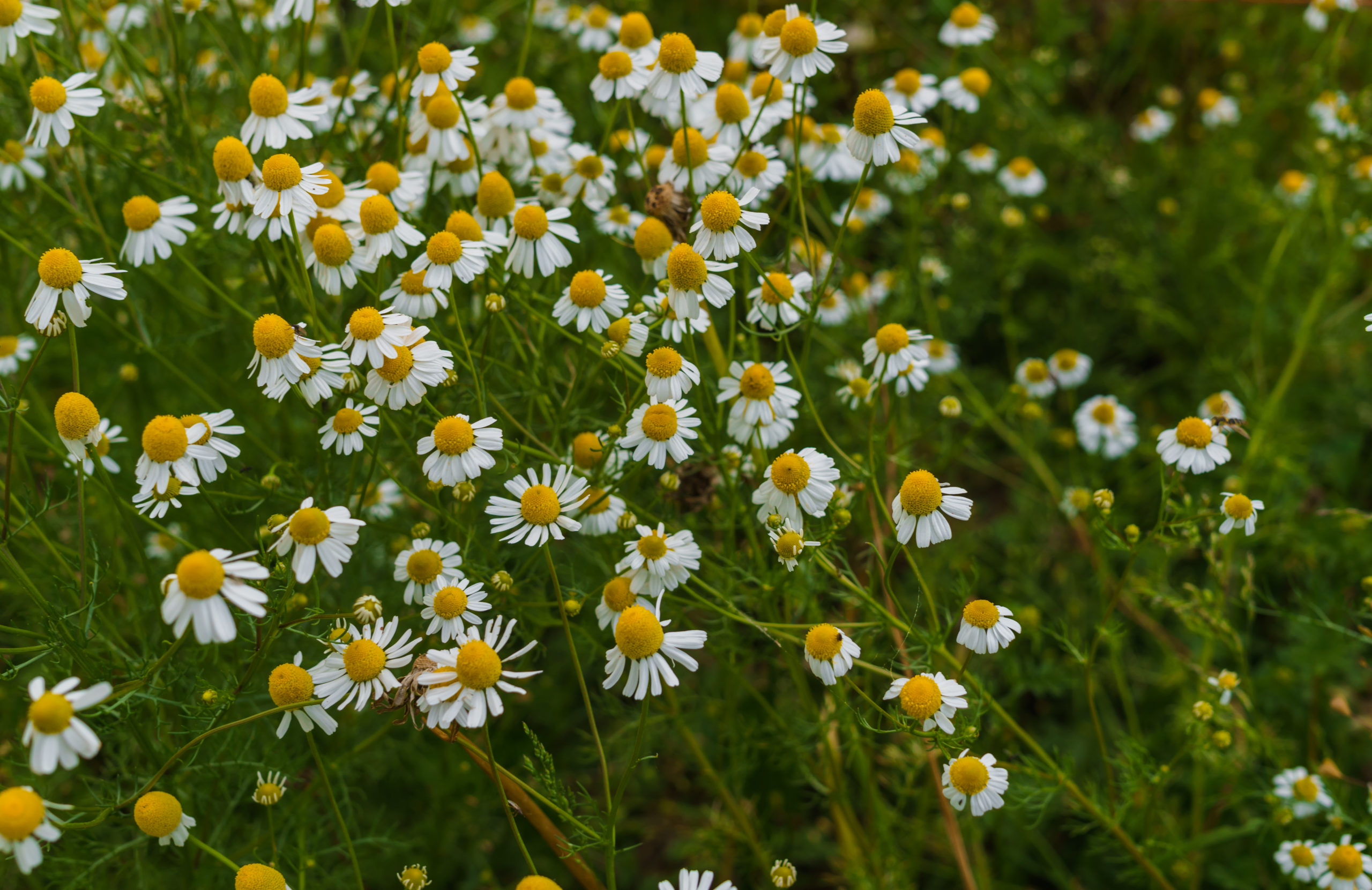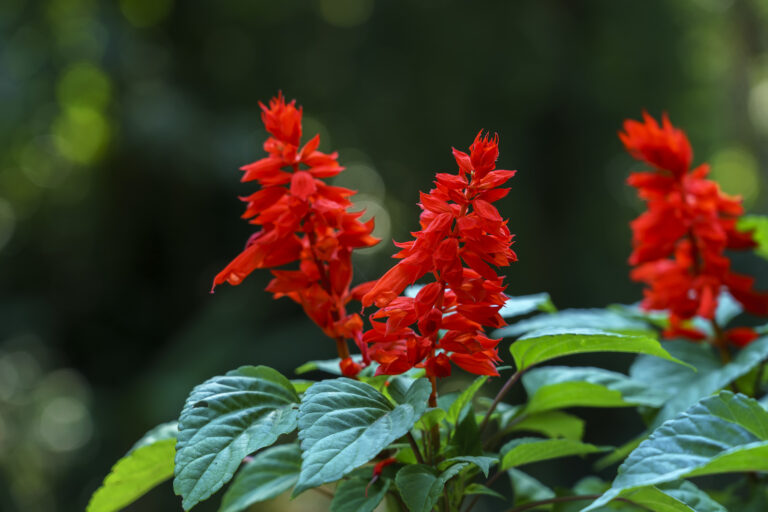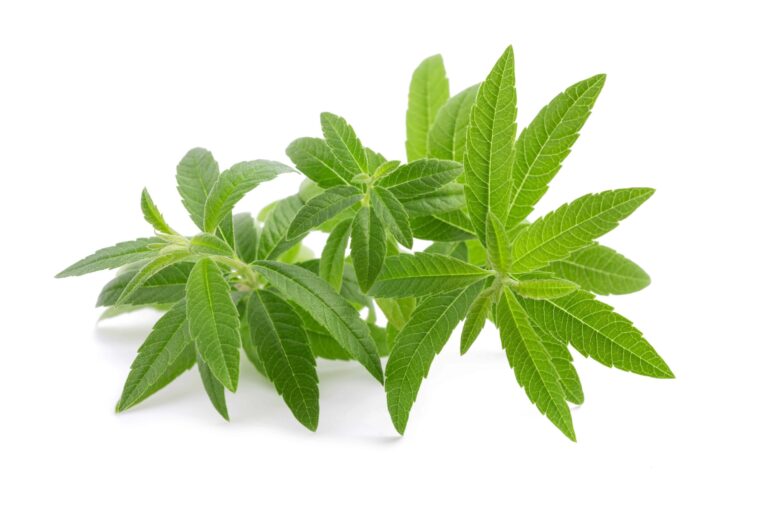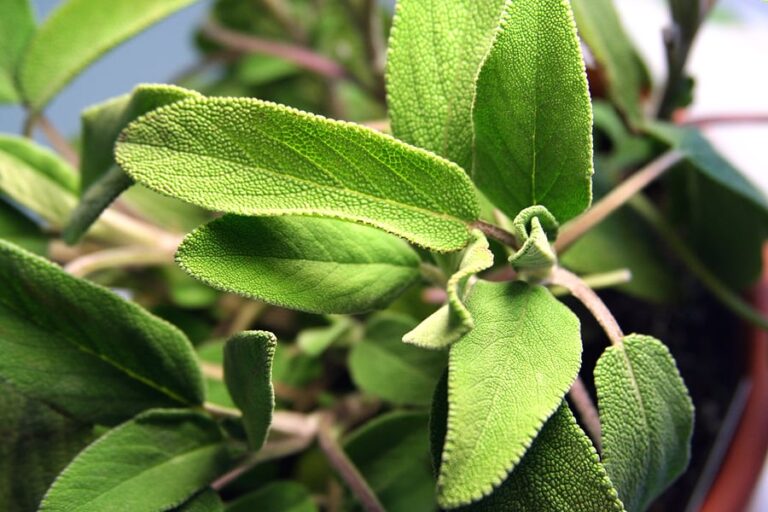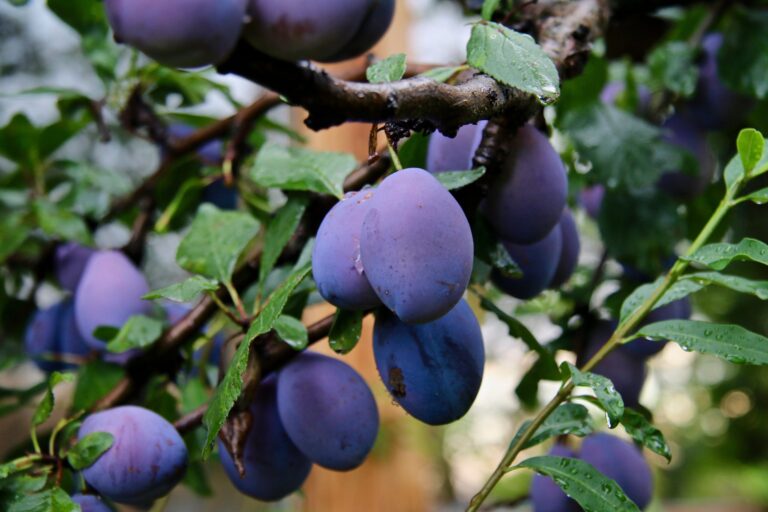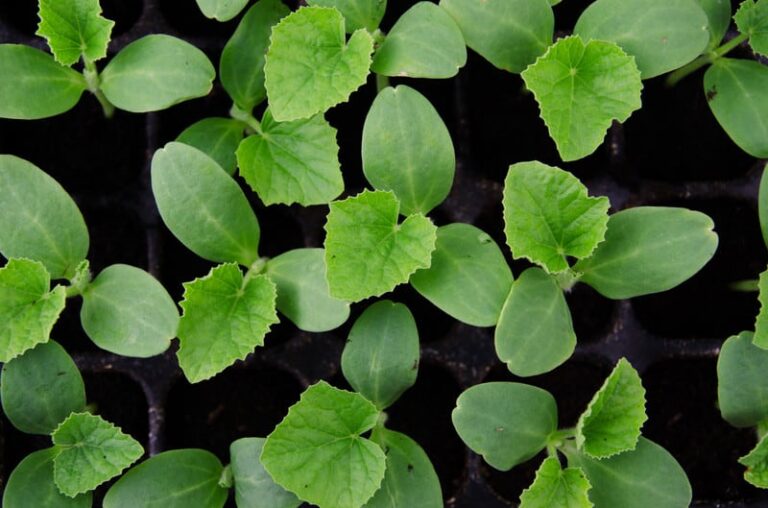How to Plant, Grow, and Harvest Chamomile
Chamomile flowers are used to make tea. Chamomile tea has a fresh, clean flavor that is immediately soothing.
There are two chamomiles: Roman chamomile (botanical name Chamaemelum nobile) and German chamomile (botanical name Matricaria recutita or Matricaria chamomilla). Both are members of the Asteraceae daisy family.
Roman chamomile has a fragrance and flavor similar to that of freshly cut hay. German chamomile has a scent and flavor similar to apples. For many, German chamomile is favored; tea made from German chamomile is sweet; tea made from Roman chamomile can be bitter.
Chamomile is an herb. German chamomile is an annual. Roman chamomile is a perennial. Roman chamomile grows to about 8 inches tall and 18 inches wide. German chamomile grows 24 inches tall and wide. Chamomile has finely cut, feathery leaves and daisylike flowers to 1-inch across in late summer and autumn.
German chamomile is often cultivated for its essential oils and aromatic flowers that are used in tea. Roman chamomile is often used as a ground cover or lawn replacement, but it also can be used to make tea or as a garnish in the kitchen. The German variety is the best choice for tea.
Here is your complete guide to growing chamomile!
Chamomile propagation
- German chamomile is easy to grow from seed, however, seed-starting success is less than 50 percent. Keep the seed moist for germination.
- Roman chamomile is propagated by seed, division, or cuttings. The germination rate is 40 to 60 percent. Division is the easiest method of propagation. Grows best in USDA Zones 4-9.
- Divide the plant’s rhizomatous roots to start new plants or root 3- to 5-inch cuttings indoors in pots in early spring or in midsummer.
Where to plant chamomile
- Best location: Both chamomiles—Roman and German—prefer to grow in full sun but will tolerate partial shade.
- Soil preparation: Roman chamomile prefers light, compost-rich, evenly moist soil. German chamomile prefers well-drained sandy soils; if your soil is moist, plant German chamomile in a raised bed. Both prefer a soil pH of 6.5 to 7.5. Add 2 or more inches of aged compost to the planting bed and turn it under before planting. Always amend heavy clay soil with plenty of organic compost before planting chamomile.
When to plant chamomile
- Seed starting indoors: Chamomile can be started indoors 3 or 4 weeks before transplanting to the garden. Sow seed in organic potting mix in flats or pots under fluorescent light. Keep the tiny seeds moist or germination will be difficult. German chamomile seeds germinate in about 14 days at 55° to 65° Roman chamomile germinates best in warm soil, about 70°F.
- Transplanting to the garden: Seedlings started indoors can be transplanted out after 3 to 5 weeks when all risk of frost is past, about 2 to 3 weeks after the average last frost date.
- Outdoor planting time: Sow both types of chamomile in the garden after all danger of frost has passed when the soil temperature has reached 55°F to 60°F. Chamomile should be planted before late spring so that roots can become established before hot weather arrives.
- Division: Divide cultivars in spring; division is important because cultivars do not produce seeds.
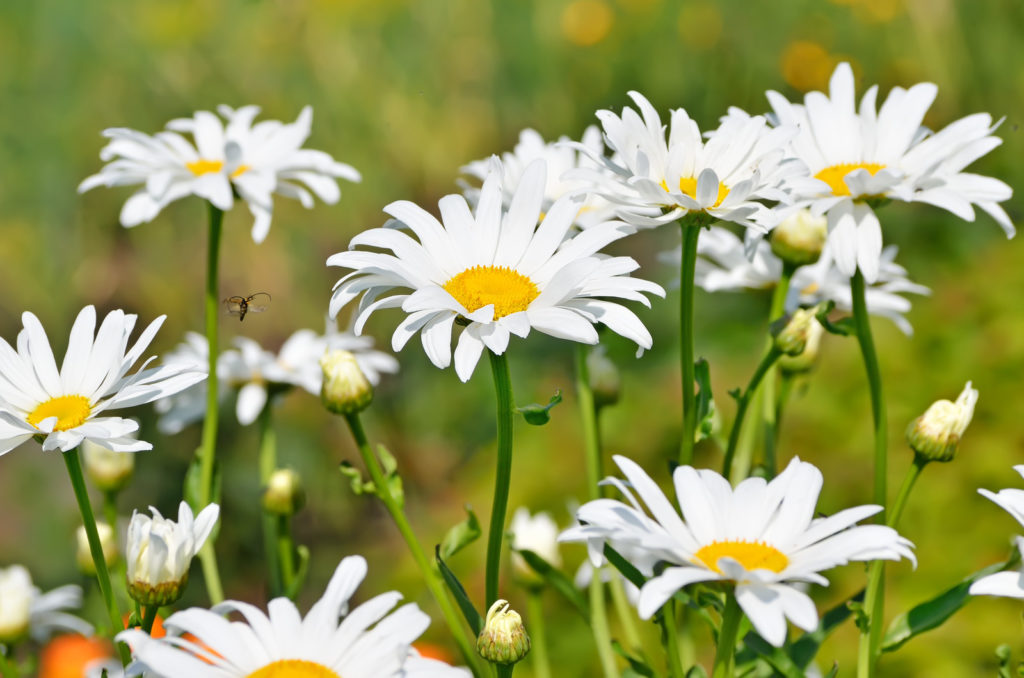
How to plant chamomile
- Planting depth: Sow chamomile seeds ¼ to ½ inch deep; sow seeds 2 inches apart.
- Spacing: Thin chamomile seedlings when they are 1 to 2 inches tall. Allow 6 to 8 inches between German chamomile plants and 18 inches between Roman chamomile plants.
- How much to plant: Grow 40 chamomile plants for tea and preservation.
Chamomile companion planting and ornamental use
- Companion planting: Plant chamomile with lavender, rosemary, and hyssop. Chamomile is said to aid the growth of cucumbers, onions, and most herbs. Some say chamomile improves the flavor and growth of cabbages, onions, and aromatic herbs. Chamomile flowers attract beneficial insects including hoverflies and predatory wasps.
- Ornamental use: Roman chamomile can be planted among stepping stones in a garden path. It can be used as a ground cover in a garden bed. A chamomile lawn can be planted to attract pollinators to the garden. German chamomile is often grown as a wildflower with asters, rudbeckia, and solidago in a cottage, natural, or wildflower garden.
Watering and feeding chamomile
- Watering: Chamomile grows best in that is soil evenly moist but not wet. Give chamomile an inch of water each week.
- Feeding: Side dress chamomile with aged compost or feed plants with a dilute solution of fish emulsion.
Chamomile care and maintenance
- Care: Plants can be cut back in early spring to renew growth. Low-growing Roman chamomile can be cut with a lawnmower in early spring to encourage fuller growth. Keep the area around chamomile weed-free; it is a poor competitor against weeds.
Container growing chamomile
- Grow chamomile in a container at least 8 inches wide and deep. German chamomile requires a large container and will fill a pot. Low-growing Roman chamomile is often grown in containers as an accent.
- Set chamomile in containers in sunny spots and keep the soil just moist.
- Place chamomile growing indoors in a sunny window or under grow lights or fluorescent lights; plants need about 12 hours of light each day.
Chamomile pests and diseases
- Both chamomiles are generally pest-free and disease-free. Aphids, thrips, and mealybugs may occasionally attack chamomile; wash these sap-sucking pests away with a strong stream of water.
- Roman chamomile is said to help control damping-off disease when mixed with water and used as a spray.
- Powdery mildew–a fungal disease–can occasionally attack chamomile. Good air circulation will keep fungal diseases at bay.
How to harvest chamomile
- When to harvest: Chamomile flowers are ripe when the petals curl back toward the center in late summer or early fall. Harvest when chamomile is in full bloom.
- How to harvest: Cut whole stems and flowers of German chamomile. Pinch off the flowers of Roman chamomile.
- Chamomile flowers are small; it may be easiest to cut flowers with stems attached using garden shears,
Chamomile in the kitchen
Chamomile has several culinary uses:
- Flowers: Use the flowers freshly picked or dried. Flowers can be added to fruit salads or to decorate cakes.
- Both German and Roman chamomile flowers are used to decorate cakes. The small flowers can be added to green or fruit salads.
- Flowers for tea: Both chamomiles make excellent teas. The dried flower heads of German chamomile are sweeter flavored. To make tea: Fill teakettle water and begin heating. Place chamomile fresh flowers (about four tablespoons per eight-ounce cup) or dried flowers (about two tablespoons per eight-ounce cup) and a sprig of mint in a sieve or strainer or cheesecloth in your cup (or place flowers in a tea ball); pour boiling water over the chamomile flowers and mint and then steep for 5 minutes.
- Fresh chamomile flowers make a delicious tea when combined with spearmint leaves; serve this tea iced or hot.
- Drink the tea sparingly, no more than 1/2 cup of chamomile tea daily for no more than two weeks at a time,
- Note: Do not use chamomile during pregnancy.
Health uses of chamomile
- Infusion of flowers can be used to relieve stress, indigestion, nausea, fever, insomnia, hay fever, hyperactivity, rheumatic pain, and menstrual cramps.
- Externally, a chamomile rinse can be used for dandruff, facial tonic, lotion, cream, steam, hand soak, eye compress, or in the bath. Chamomile beauty products are available commercially.
- Chamomile has some popular medicinal use as an ointment for muscle spasms, oil for wounds, sunburn, eczema, or itchy skin.
- Caution: people allergic to ragweed who use chamomile as an herbal remedy may react to its essential oils.
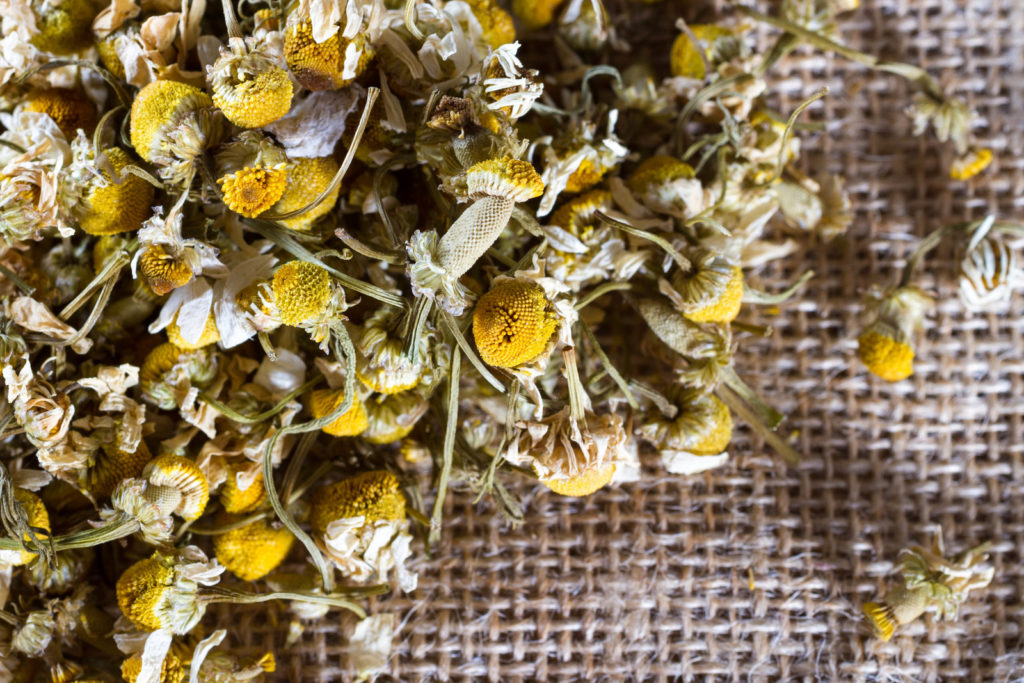
Preserving and storing chamomile
- Drying: Dry chamomile flowers on a screen or in a loose paper bag in a cool place with good air circulation. Watch for insects that can hide in the flowers; if you see insects pour hot water on the flowers and dry them again.
- Storing: Store flowers in an airtight container.
Chamomile varieties to grow
- Roman chamomile (botanical name Chamaemelum mobile)
- German chamomile (botanical name Matricaria recutita)
Get to know chamomile
- Botanical name and family: There are two chamomiles: Roman chamomile (botanical name Chamaemelum nobile) and German chamomile (botanical name Matricaria recutita). Both are members daisy family, the Asteraceae family.
- Common names: Chamomile, pinhead, scented mayweed, babuna
- Type of plant: Roman chamomile is a perennial; German chamomile is an annual.
- Origin: Central and Southern Europe
- Growing season: Summer
- Growing zones: Chamomile grows best in zones 5 to 9.
- Hardiness: Chamomile is cold hardy to -20°F; it can be short-lived in hot summer regions.
- Plant form and size: Roman chamomile is a creeping 6-inch plant with lacy, gray-green foliage; the stems root as they creep. German chamomile grows 15 to 30 inches tall.
- Flowers: Both Roman and German chamomiles have daisy-like flowers–yellow centers surrounded by whitish petals.
- Bloom time: Chamomile blooms from early summer until the first fall frost.
- Leaves: Roman chamomile has bright green threadlike segmented leaves that form a soft-textured mat about 3 inches high. German chamomile is an erect plant with feather-like leaves. The flowers of both bend backward from the yellow centers. Leaves of both are covered with downy fuzz.
- Historical uses: Used in ancient Greece, Egypt, and Rome as an herbal remedy for ailments including hay fever, inflammation, insomnia, muscle spasms, gastrointestinal pain, menstrual disorders, and rheumatic pain.
Also of interest:
- Anise
- Anise Hyssop
- Arugula
- Basil
- Bay
- Bee Balm
- Borage
- Calendula
- Caraway
- Catnip
- Chamomile
- Chervil
- Chives
- Cilantro-Coriander
- Clary
- Costmary
- Cress
- Dill
- Fennel, Sweet
- Horseradish
- Hyssop
- Lavender
- Lemon Balm
- Lemon Verbena
- Lovage
- Marjoram
- Mint
- Nasturtium
- Oregano
- Parsley
- Perilla
- Rosemary
- Sage
- Salad Burnet
- Savory
- Scented Geranium
- Shiso
- Sorrel
- Stevia
- Sweet Cicely
- Tarragon
- Thyme
Related articles:
Best Herbs for Container Growing
Planning the Home Fruit Garden
Garden Planning Books at Amazon:
- Vegetable Garden Almanac & Planner
- Kitchen Garden Grower’s Guide Vegetable Encyclopedia
- Vegetable Garden Grower’s Guide
- Tomato Grower’s Answer Book

